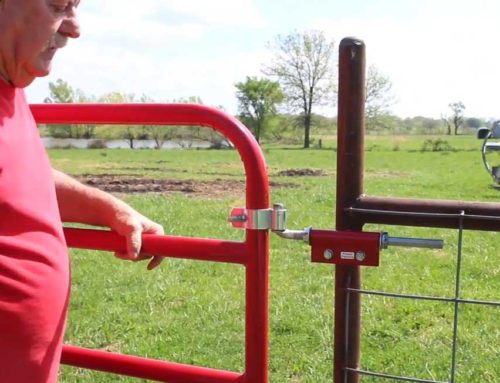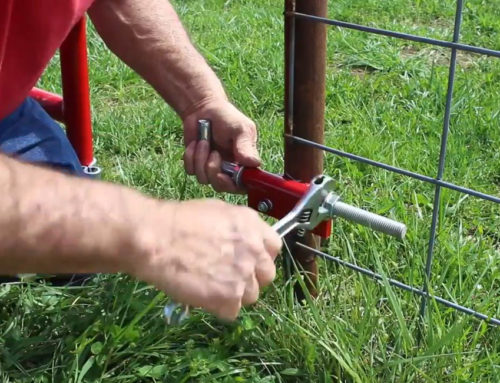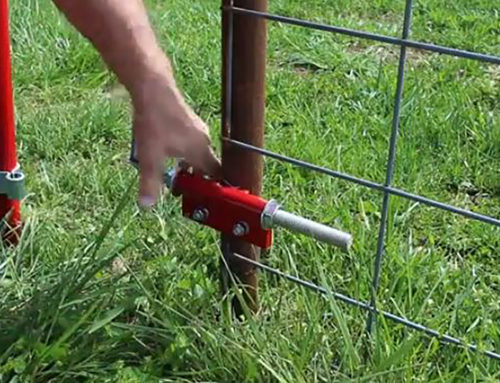Perimeter fencing is an important part of a rotational grazing system, and if, like a high tensile fence it’s also electrified, it makes it easier to set up paddocks and move livestock.
Over the six years, I’ve been raising cattle, I have built 33,000 feet of perimeter high-tensile electric fence, all by hand, with minimal equipment and my Dad’s help. I work on leased land, so I need a fence that’s easy to put up and take down. In my lease contracts, I explain that the fence belongs to me. If the landowners do not want to buy the fence (for the replacement cost of the materials), when the lease ends, I remove the fence and take it with me.
I far prefer fiberglass fence posts over wood or metal posts for the electric fence. Fiberglass does not require insulators because it’s non-conductive. That means no broken insulators to fix and no shorts due to the wire contacting the post. Fiberglass does not rot or rust over time. Finally, I really like the clean, attractive look of white fiberglass posts. I buy line posts coated and drilled from Kencove.
My preferred posts for perimeter fence are 1”-1.25” solid fiberglass. I have built whole fences with these posts, but they require more effort to hand-drive than a 7/8” post. I feel that the 7/8” posts are too flimsy to use for a whole perimeter. My most recent fence used 7/8” posts with every fourth post a 1.25” one, to add stability. Alternating the smaller posts with the larger ones saves money.
I use 7/8” posts only on straight stretches only. When I want to create a curved fence line, I use 1” or preferably 1.25” solid posts because they won’t bend with the strain. If I have a sharp bend to make in a fence line, I use a big corner post. For added stability, I add a floating brace on the big post, pushing the post against the greatest strain. I would love to use 3” or bigger fiberglass (foam-filled or solid) posts for corners and bends, but I don’t have a local source for them or a way to get them economically shipped to me. Therefore, I use wood for these purposes.





